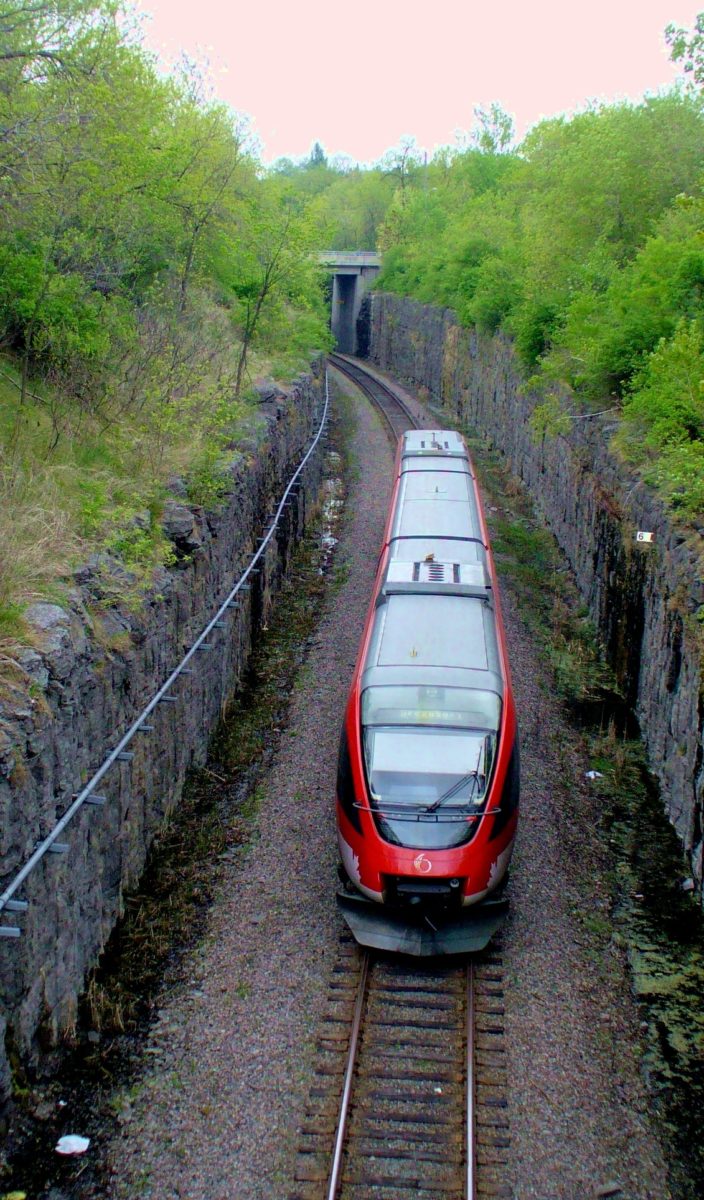Urbanism: how public transit is shaping our city

All across Canada, city planners are working towards more livable communities with the goal of providing residents with increasing opportunities for a better quality of life.
Public transit plays a major role in shaping where people choose to live, work, and spend time. Businesses and developers are focusing on building in areas close to mass transit systems, taking advantage of the attractiveness of the live-work-walk lifestyle and its impact on the urban living experience. Providing more public transportation options has moved from a nicety to a necessity. With an ever increasing focus on the fight against global warming and climate change, more than ever, we are starting to move away from a car-reliant model of mobility, to a country that embraces more sustainable options. This is especially important in light of recent news that fewer teens are obtaining drivers licenses than ever before.
In October 2013, Ottawa embarked upon building the Confederation Line, a state-of-the-art Light Rail Transit system. When completed, it will be a key component of OC Transpo’s transit system. It will connect to the existing Bus Rapid Transitway, the O-Train, and together will move people faster and in more comfort than ever before, according to the City of Ottawa.
The City also initiated a program called “Building a Liveable Ottawa 2031” – a review of land, transportation and infrastructure policies that builds on supporting more compact, sustainable and affordable growth.
Ottawa’s Light Rail Transit could be an important component towards building an inclusive and connected city, but there are always risks and rewards when introducing new developments. The world of architecture and city planning is a partnership that goes hand and hand. As architects, we understand sustainable development, and can be looked at to inspire creative design solutions.
Key to success of these two important initiatives is that, as a policy, the City restrict growth in outlying areas to reduce the need for expensive municipal services (including public transit), and make smart densification of inner urban areas more and more attractive. This can be done through spurring development at and around transit nodes; enhancing bike transit and focusing on walkable/bikeable communities. Smart investment in seed projects such as affordable housing, community hubs, and social spaces can spur the gradual growth of development around them, slowly intensifying an area.
Future expansion of the LRT system to Orleans is already in works; that expansion will benefit the strong commuter culture of Orleans; recently announced funding to study expansion of the 174 is likely of dubious value as it would be more beneficial to continue supporting transit expansion as a means of relieving congestion along the highway. Further expansion of the LRT to points westward should focus on servicing areas of moderate to high density and consider links to Gatineau and the Ottawa Airport.